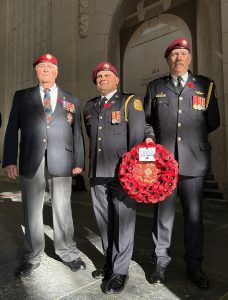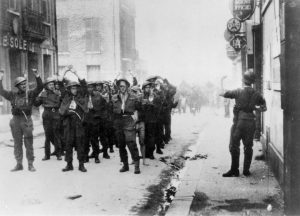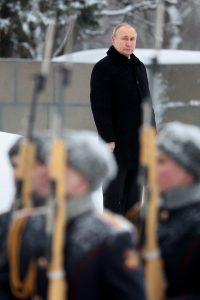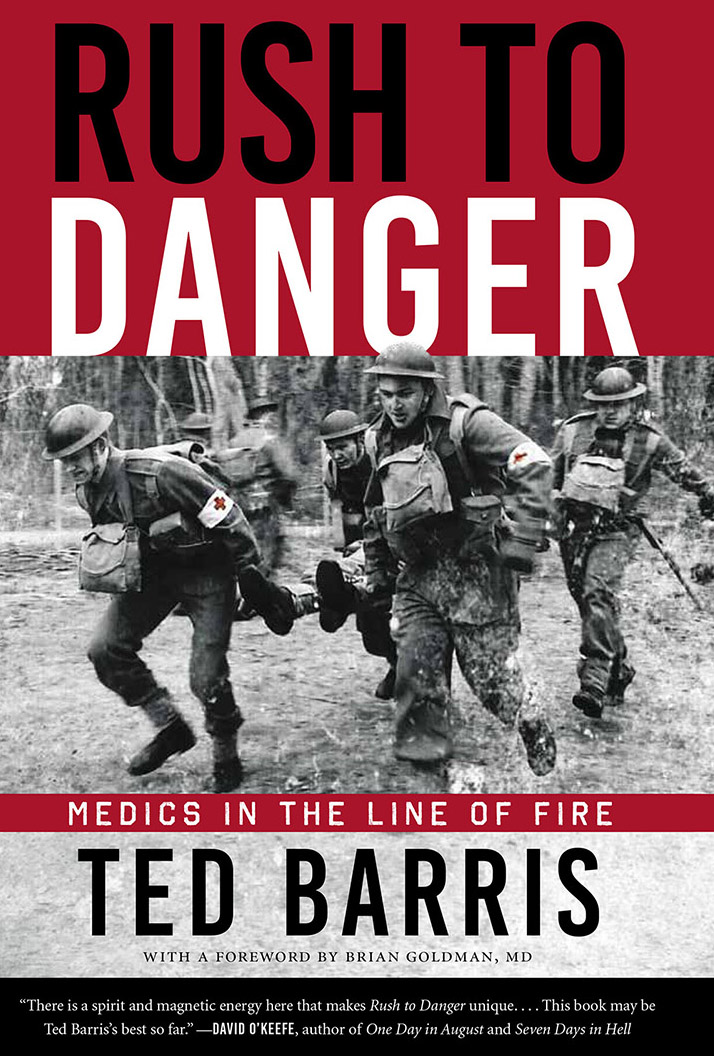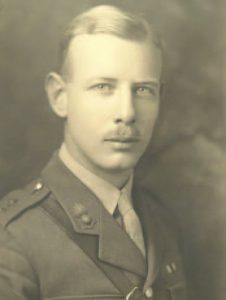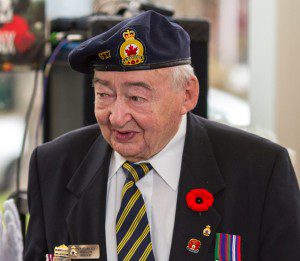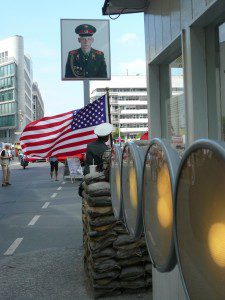
The federal election is just days old, but suddenly our attention has shifted slightly from the impact of Trump’s tariffs to the Canadian electorate deciding which federal political party is the most able to deal with the U.S. president’s territorial aspirations to make Canada the 51st state.
She hasn’t repeated this since the election writ was issued on Sunday, but Elizabeth May delivered a creative countermeasure to Trump’s insult a few months ago.
“You think we want to be the 51st state? Nah,” she said in December, offering California, Oregon and Washington the chance to become Canada’s 11th province. “Have we got a deal for you,” she suggested to Americans. “Universal free health care … safer streets, strict gun laws and free abortions … and a chance to get rid of all these states that always vote Democrat.” (more…)
